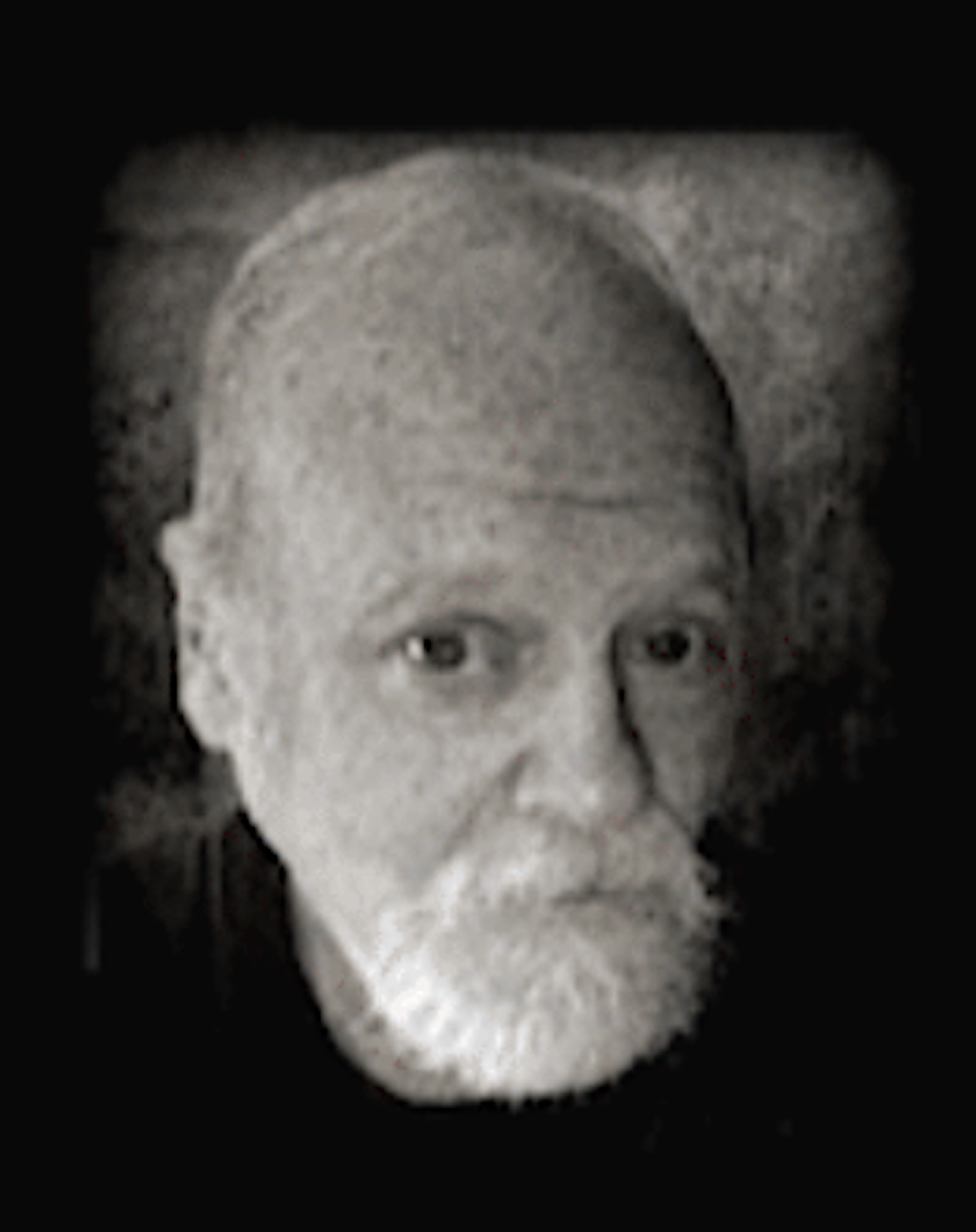DAVID FEINGOLD, EdD, MSW, MS
David Feingold was born in Chicago, Illinois. He works in the medium of digital art to present the inner struggles of those with psychiatric diagnoses. His art brings awareness of the stigma and prejudice associated with all mental illnesses. Feingold has a broad education and professional background, which, along with his personal experience with bipolar disorder, influence much of his Art: a Bachelor's in Art Education, a Master's in Visual Design, a Master's in Social Work, and a Doctorate in Disability Studies.
His work is represented in numerous venues, including National Public Radio, museums and art centers, professional journals, poetry and music collaborations, and inclusions in the permanent art collection of the Universal Design Accessible Living Laboratory for architectural advancement; The Ryan Licht Sang Bipolar Foundation; and the Stiles-Nicholson Brain Institute; and NPR Story Corp interview.
Feingold worked for 15 years as a visual designer and 15 years as a clinical social worker. He had to take early retirement due to advancing cognitive impairments stemming from an auto hit-and-run closed head injury. The head injury was also the genesis of his seizure and bipolar disorders. He recently moved from his vibrant Lakeview neighborhood in Chicago, just blocks away from Wrigley Field, to be closer to his vibrant significant other in the northern suburbs. He says, however, he can still hear the Chicago Cubs’ crack of the bat in his quiet moments.
ConFusion
(Digital, 23” x 15”)
This piece emerged in a flash—like a synaptic firing that left a lasting visual echo. I didn’t set out to illustrate a concept so much as feel my way into it. What surfaced was a kind of psychological collage: fractured yet whole, contradictory yet integrated. I see it as a meditation on what it means to live with a mind that doesn’t always stay in one piece—and the strange beauty that can emerge when those pieces interact rather than compete.
What you see here is me—but not just me. One of the faces is my own. The others are also “mine,” but filtered through the interpretive lens of AI. I fed fragments of myself into the machine, and it handed back unfamiliar versions: distorted, reimagined, uncomfortably other. I didn’t reject them. Instead, I created a montage that includes all of it. I threw myself into my own mix, alongside these alien selves, and let the chaos speak.
The work draws from the idea of generative entanglement—a concept that suggests our identities are not singular but composed through relationships. Between past and present selves. Between how we see ourselves and how we’re seen. Between the human and the artificial. This image doesn’t try to resolve these tensions—it allows them to coexist.
As someone who has lived with bipolar disorder and worked in both clinical and artistic settings, I’ve come to value the paradoxes that shape us. This piece isn’t about dysfunction—it’s about complexity. About what happens when you stop trying to smooth the surface and instead reveal what churns beneath it.
In a gallery of psychological perspectives, I hope this work invites others to embrace their own beautiful hodgepodge. Because in the end, aren’t we all?


